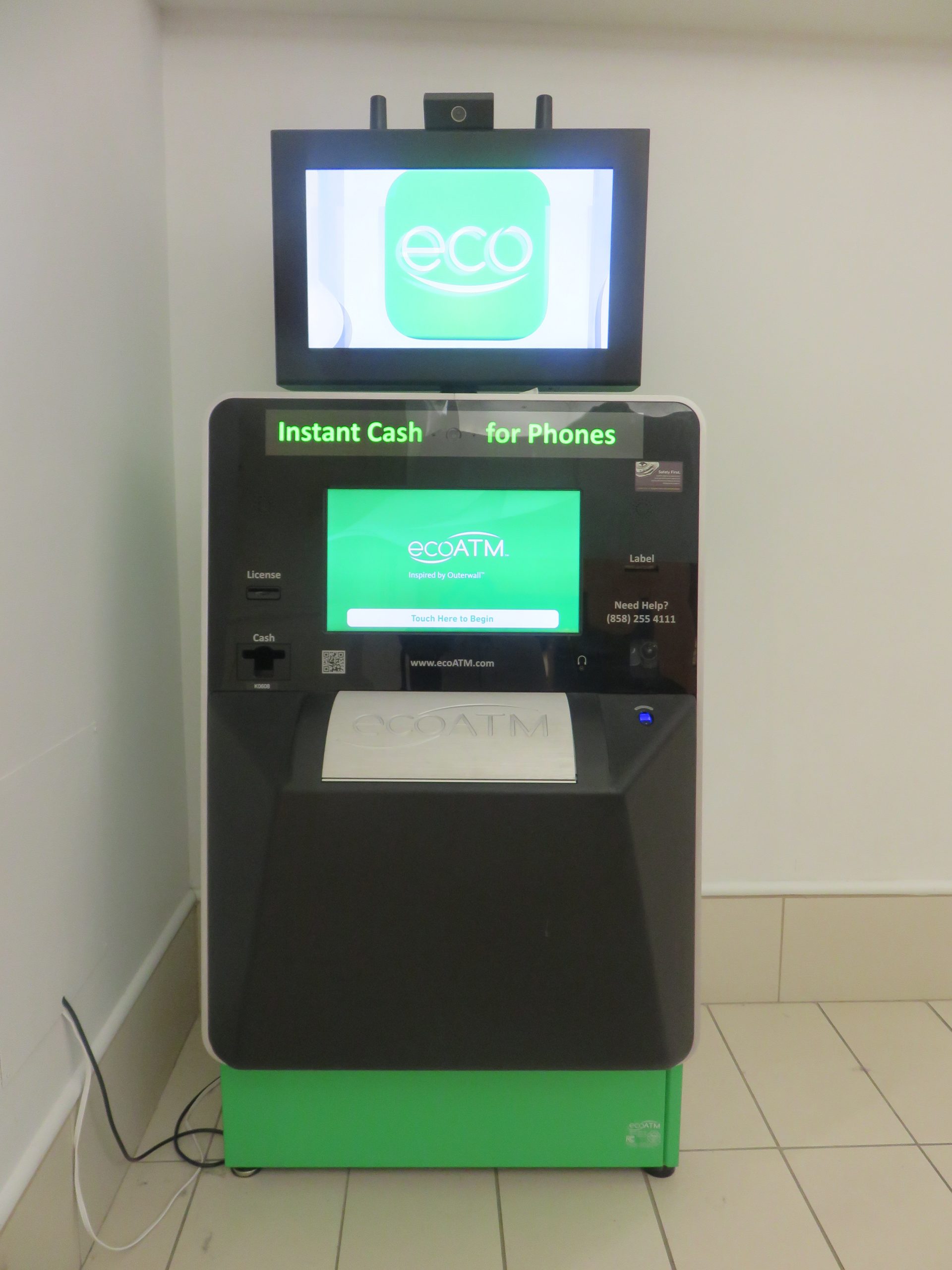This study carries out an analysis of various trade-in programs available for cellphones in the United States. Product trade-in is one of the methods to recover End-of-Life (EoL) products from consumers. Currently, there is a lack of knowledge amongst consumers about such programs. The study aims to determine the factors which influence the product trade-in price. Cell phone trade-in programs of the following types of companies are studied: Phone network operator, online retailer and recycler, and educational institution. Apple’s iPhone was selected to carry out a case study to analyze various features of the trade-in programs. Age of the cell phone model, memory size of the phone, cellphone condition and phone carrier were found to be the most significant factors of a cell phone trade-in program. Newer phone models and higher memory size capacity phones were found to be offered higher price to the consumer. Cellphones of one particular phone carrier and unlocked cell phones were found to obtain the highest price quote. An attempt is made to evaluate and discuss the prospect of trade-in programs as an effective end of life recovery method. Product recovery by trade-in programs and conventional methods is compared based on factors drawn from consumer behavior studies. Improvements in trade-in programs are suggested, followed by a discussion on ways in which data from trade-in programs can benefit product designers.
